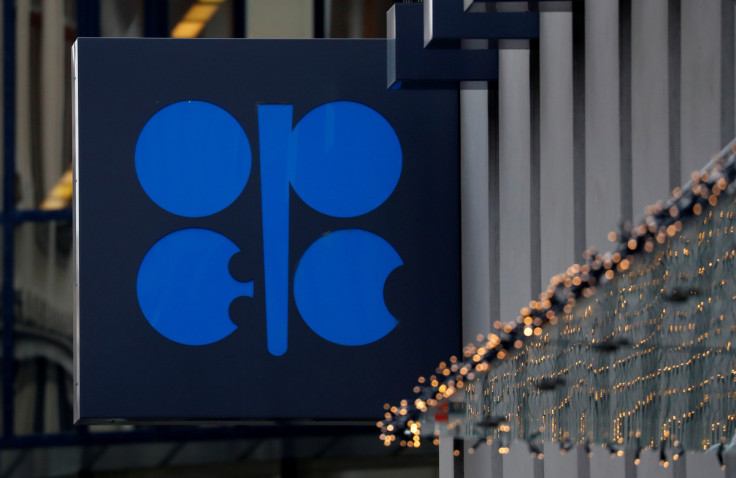OPEC+ Considers Further Oil Production Cuts Amid Falling Global Prices

OPEC+ will consider additional supply cuts at the organization's next ministerial meeting, in an effort to combat slumping global oil prices.
Three OPEC+ sources told Reuters on Friday that the international oil cartel will discuss extending and expanding pre-existing voluntary production cuts when it next meets Sunday, Nov. 26.
In 2023, OPEC+ members have already reduced operating oil capacity by a combined 5.2 million barrels per day, equal to around 5% of global oil production.
Saudi Arabia's voluntary 1 million barrel per day production cut is likely to continue into the first fiscal quarter of 2024, energy consultancy Energy Aspects reported Wednesday.
The price of West Texas Intermediate crude oil (WTI) was $78.21 per barrel as of midday ET on Monday, down 16.5% from the previous high of $93.68 per barrel on Sept. 27.
OPEC+ did not immediately respond to a request for comment from International Business Times.
Though additional production cuts have not yet been committed, the continued discussions around reducing oil output reflect the organization's inability to stop falling global oil prices amid a surge in production from non-OPEC+ countries—namely the U.S. and Brazil.
In October, the Saudi government released its revised projection for national GDP growth in 2023: just 0.03% growth year-over-year, compared to an increase of 8.7% from 2021-2022. Saudi Arabia's economy contracted by 4.5% year-over-year in the third quarter of 2023, the country's largest quarterly GDP contraction since 2020.
Further production cuts are expected to exacerbate Riyadh's near-term economic woes if not accompanied by proportional increases in global oil prices. Crude oil alone accounted for 54% of Saudi exports in 2021, according to the Organization for Economic Complexity.
Consultancy Rystad Energy projects that Saudi production cuts will need to extend into the second half of 2024 for global oil prices to rise above $90 per barrel.
Despite existing OPEC+ production cuts, the International Energy Agency (IEA) predicts a global surplus of oil-related products to emerge by early 2024, which it expects to further deflate global prices.
In its annual flagship report released in October, the IEA predicted the world will reach peak demand for oil, gas and coal by 2030. Still, global oil output will increase by 1.5 million barrels per day in 2023 due to non-OPEC+ production expansions, the IEA said, reaching all-time record cumulative levels in both 2023 and 2024.
Saudi Arabia and Russia, the two most substantial oil producing-members of OPEC+, have each committed to achieving net-zero national carbon emissions by the year 2060. The U.S government has committed to achieving that benchmark no later than 2050.
© Copyright IBTimes 2024. All rights reserved.






















